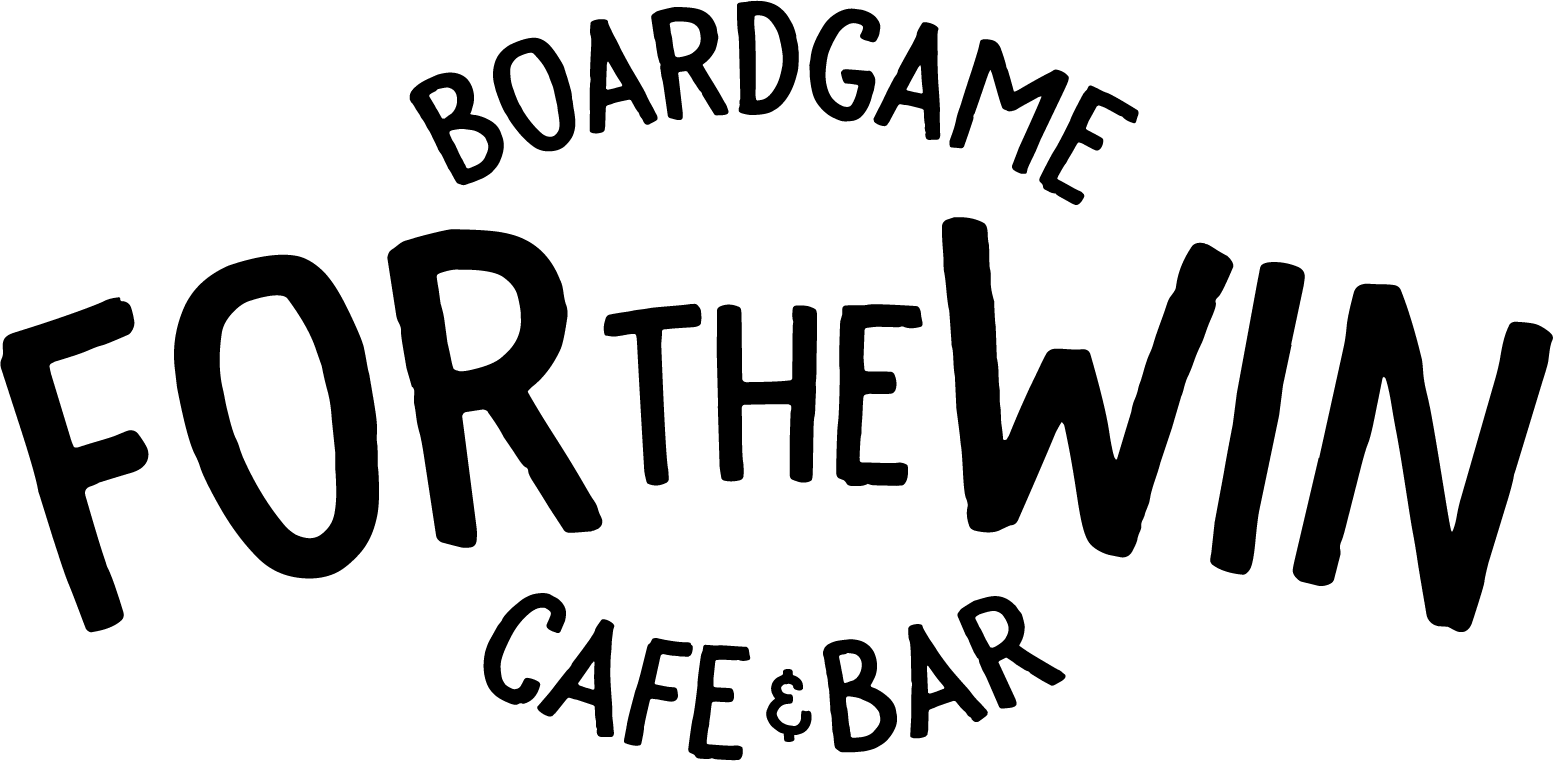Blackout: Hong Kong
The deeper you dive into the strategy genre of board games, the more delicate it becomes to balance the many mechanics into a fulfilling play. Acclaimed designer, Alexander Pfister, is no stranger to creating robust game experiences. He has delivered some of our favourite games here at For The Win and we are always looking forward to see what he does next. Today we’ll take a look at his 2018 release, Blackout: Hong Kong!
Blackout: Hong Kong has an intriguing theme that is not often found in the tabletop world. That being said, I found myself wishing the theme matched the games aesthetic and play a little better. The style is fine as it is, but it does feel like a missed opportunity to really build a compelling world around the game’s theme. The player boards are great; they help track the many phases of a round while providing references and aid. Given how many things there are to keep track, Blackout: Hong Kong does a great job of helping players manage them.
In Blackout: Hong Kong, players look to aid society after a long blackout threatens the peace of Hong Kong. To start, players are given the same starting cards and setup, with their own individual Emergency Plan. Players also select a place on the map to begin by placing one of their cubes on it. Players move through the eight phases of a round together, taking turns in turn order. The starting player has a marker used on their board to track what phase is being played. Three coloured dice are rolled to determine what resources are available for the round. Players play cards from their hand into three (potentially four) slots below their board. Throughout the game players have the opportunity to scout the districts of the city, take control of them and manage resources to complete objectives.
There are two types of cards: volunteers & specialists. Volunteers gather resources based on colour and die results. Specialists allow players to carry out special actions. The many objectives available to the players reward an array of prizes such as victory points, expansion on the game board, dollars, special actions, and adding cards to your hand. Each district also contains special tiles which can be scouted, by having players send out teams of volunteers & specialists for rewards. Districts can be controlled and scored for a range of points depending on the size of the district. Play continues until the draw deck has been depleted, and one final round is played. The player with the most victory points at the end of the final round is declared the winner!
Blackout: Hong Kong is such an interesting game, but I think the word that comes to mind while playing is “superfluous”. The hand-management elements are really great, but the engine building really leaves more to be desired. Sometimes the flow of the game feels uneven. Given enough plays I think a rhythm will eventually be found, the question becomes if the game can remain engaging in the first few plays to get there.
There is also a cooperative campaign mode. I felt the theme was stronger when the game is played this way. I typically prefer competitive games, but I do think cooperative is the best way to play Blackout: Hong Kong. For strategy enthusiasts there is a lot to like about Blackout and I think it’s still worth playing through it to decide for yourself if its something you enjoy. While it’s far from a perfect game, Blackout: Hong Kong is a fresh experience who look for a deeper engagement!




